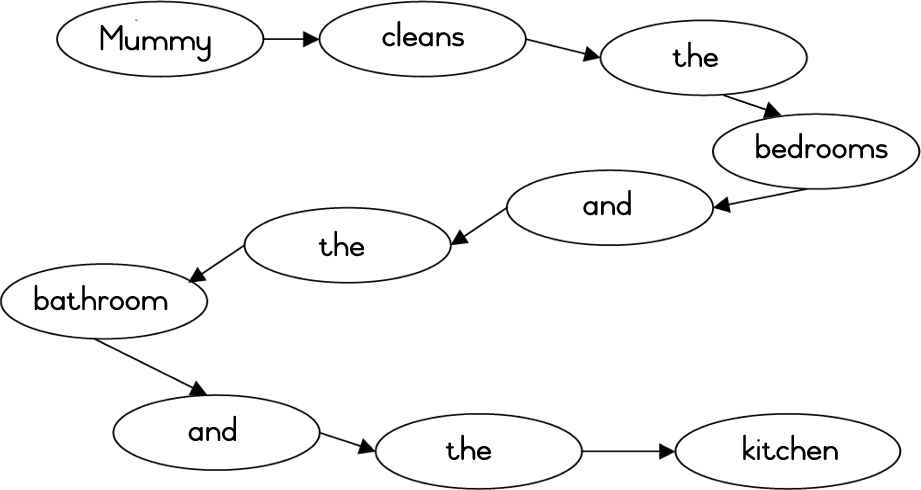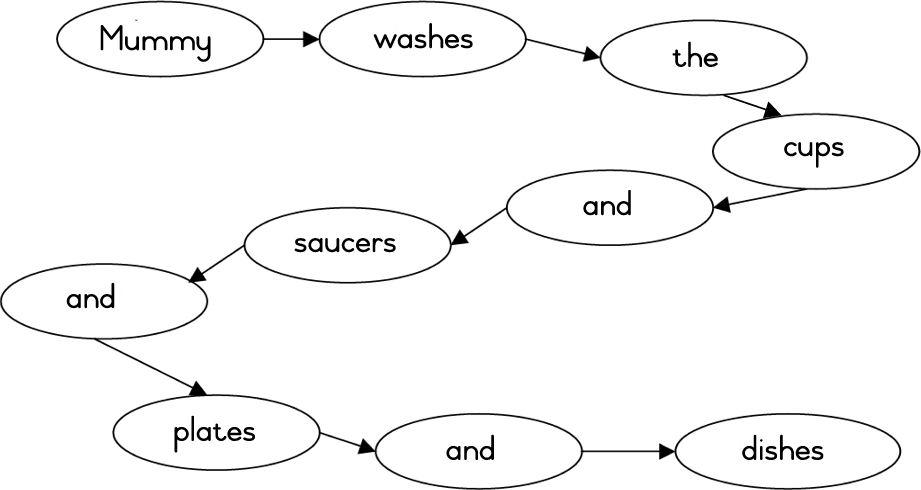| << Chapter < Page | Chapter >> Page > |
Introduction
The topics chosen for the modules in Grade 1 are all related to stories which reflect the learners’ experience in the world in which they are growing up. They are relevant to both boys and girls.
Much depends on the number of times the learners hear the stories and rhymes and the provision made for the repetition of the vocabulary introduced. At first this is done classically. As the learners become more familiar with English they can communicate with a friend. Eventually they will want to tell the teacher and answer questions about the texts.
The educators must keep in mind that there may be many/some learners in the class who are still only at the listening stage, but with the necessary encouragement and praise they will soon join in and begin speaking in English.
Time scheduled for the modules 1 to 8
It is suggested that the average learners complete all eight modules during the year, finishing ± two modules per term.
Allow the slower learners to proceed at their own pace when doing the written activities but expose them to all the listening and speaking activities with the class.
The quick learners can be extended and given more tasks and activities to complete.
The emphasis falls on Mum; her jobs and occupation.
The topic is extended to “mothers in nature” with short rhymes questions to answer and illustrations to be made. A twirly-whirly rainbow snake with a story to be read, is coloured in and exhibited in the classroom.
The focus is on the role of the mother in the home; as provider, protector and role model. Discuss: How can we help Mom to keep our home clean, tidy and organised?


meat

rice

vegetables
| LO 2.6 | LO 3.1.2 | LO 3.5 |


bedroom

bathroom

kitchen
| LO 1.1.5 | LO 3.1.2 |


cups

saucers

plates

dishes
| LO 1.1 | LO 3.5 |

| LO 2.1 | LO 3.1 | LO 5.3.3 |
Learning Outcome 1: LISTENING : The learner is able to listen for information and enjoyment and respond appropriately and critically in a wider range of situations.
Assessment Standard 1.1: We know this when the learner understands short, simple stories:
1.1.5 answers simple literal ‘yes/no’ and open questions with one-word answers;
Assessment Standard 1.2: We know this when the learner understands simple descriptions;
Learning Outcome 2: SPEAKING : The learner is able to communicate confidently and effectively in spoken language in a wide range of situations.
Assessment Standard 2.1: We know this when the learner responds appropriately to simple questions with single words or formulaic phrases such as ‘I’m fine’;
Assessment Standard 2.6: We know this when the learner pronounces familiar words clearly;
Learning Outcome 3: READING AND VIEWING : The learner is able to read and view for information and enjoyment and respond critically to the aesthetic, cultural and emotional values in texts.
Assessment Standard 3.1: We know this when the learner use pictures to understand written texts:
3.1.2 matches pictures and words;
Assessment Standard 3.5: We know this when the learner s up sight recognition of common words;
Learning Outcome 5: THINKING AND REASONING : The learner is able to use language to think and reason, and access, process and use information for learning.
Assessment Standard 5.3: We know this when the learner uses language for thinking;
5.3.3 classifies things.

Notification Switch
Would you like to follow the 'English first additional language grade 1' conversation and receive update notifications?